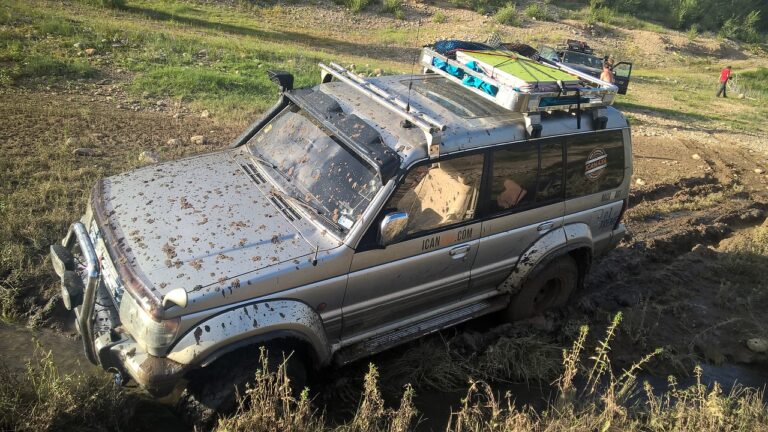Analyzing the Environmental Impact of Lithium Mining for Batteries
99 exchange login, laser 247 deposit number, yolo247 apk login:Analyzing the Environmental Impact of Lithium Mining for Batteries
In recent years, there has been a significant increase in the demand for lithium-ion batteries. These batteries are used to power a wide range of devices, from smartphones and laptops to electric vehicles and renewable energy storage systems. As a result, lithium mining has become a booming industry, with companies scrambling to meet the growing demand for this valuable resource.
However, the environmental impact of lithium mining is a cause for concern. The extraction of lithium can have a devastating effect on the surrounding ecosystem, as well as the communities that rely on it for their livelihoods. In this article, we will delve into the environmental impact of lithium mining and explore potential solutions to mitigate its effects.
The Process of Lithium Mining
Lithium is primarily mined from two main sources: brine deposits and hard rock mining. Brine deposits are found in salt flats, where lithium-rich brine is pumped to the surface and processed to extract the lithium. Hard rock mining involves drilling and blasting rock formations to access lithium-rich ore, which is then processed to extract the lithium.
Both methods of lithium mining can have significant environmental impacts. Brine extraction can deplete local water sources and contaminate groundwater with toxic chemicals used in the extraction process. Hard rock mining can lead to deforestation, habitat destruction, and soil erosion, as well as the release of toxic chemicals into the air and water.
The Environmental Impact of Lithium Mining
One of the most significant environmental impacts of lithium mining is water usage. The extraction of lithium from brine deposits requires large amounts of water, which can deplete local water sources and have a detrimental effect on ecosystems that rely on them. In regions where water is already scarce, such as the Atacama Desert in Chile, lithium mining can exacerbate water scarcity and threaten the livelihoods of local communities.
Another environmental impact of lithium mining is habitat destruction. Hard rock mining can cause deforestation and soil erosion, leading to the loss of biodiversity and the disruption of ecosystems. In addition, the release of toxic chemicals into the air and water can contaminate the surrounding environment and harm wildlife.
Furthermore, the carbon footprint of lithium mining is a cause for concern. The production of lithium-ion batteries involves a complex supply chain that requires energy-intensive processes, such as mining, transportation, and manufacturing. As a result, the carbon emissions associated with lithium mining and battery production can contribute to climate change and further exacerbate environmental degradation.
Solutions to Mitigate the Environmental Impact of Lithium Mining
Despite the environmental impact of lithium mining, there are ways to mitigate its effects and ensure sustainable practices. One potential solution is to improve water management practices in brine extraction operations, such as recycling and reusing water to reduce consumption and minimize the impact on local water sources.
Another solution is to implement reforestation and habitat restoration programs in areas affected by hard rock mining, to offset the loss of biodiversity and help restore ecosystems. Additionally, companies can invest in technologies that reduce carbon emissions in the production of lithium-ion batteries, such as renewable energy sources and energy-efficient processes.
FAQs
1. Is lithium mining necessary for the production of batteries?
Yes, lithium is a crucial component of lithium-ion batteries, which are widely used in various electronic devices and electric vehicles. As the demand for these batteries continues to rise, the need for lithium mining will also increase.
2. What are the alternatives to lithium-ion batteries?
There are alternative battery technologies available, such as nickel-cadmium and nickel-metal hydride batteries. However, lithium-ion batteries are currently the most widely used due to their high energy density and performance.
3. How can consumers support sustainable lithium mining practices?
Consumers can support companies that prioritize sustainability and environmental stewardship in their mining operations. By choosing products made with responsibly sourced lithium, consumers can help reduce the environmental impact of lithium mining.
In conclusion, the environmental impact of lithium mining is a pressing issue that requires attention and action from all stakeholders involved in the production of lithium-ion batteries. By implementing sustainable practices and investing in technologies that reduce environmental harm, we can ensure a more eco-friendly future for the lithium mining industry.







